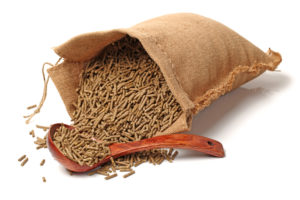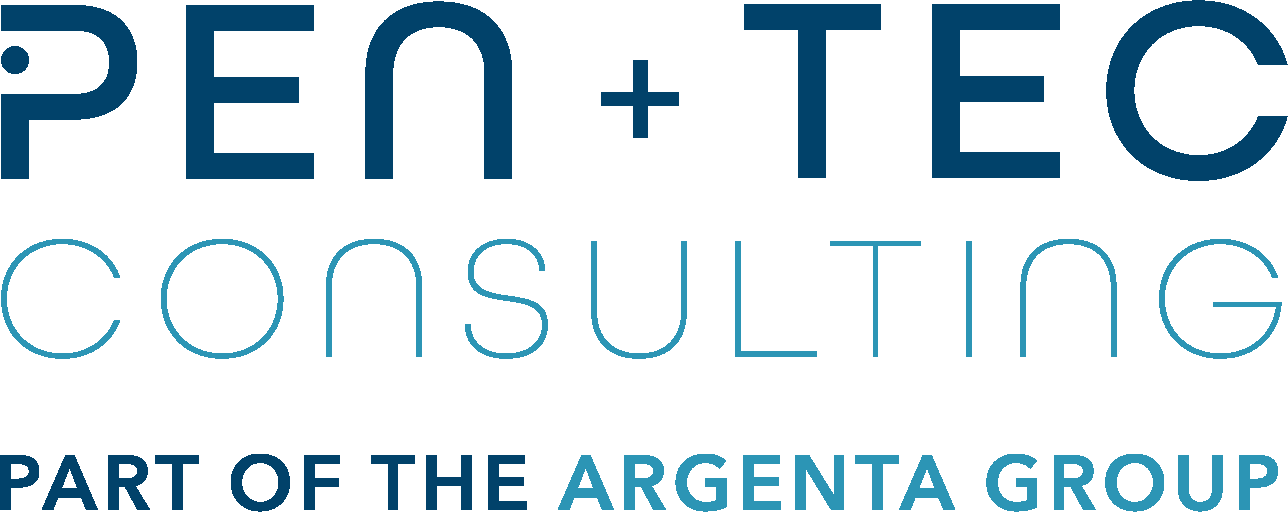Do the new feed additive functional groups open the door for innovation in the EU?
Posted 8 October, 2019
In the EU, feed additives are added to feed or water to improve the quality of the feed and/or animal’s health and performance with the consequent improvement of food from animal origin. The global market of feed additives is about 33 billion US$ and has increased steadily for the last 20 years (IMARC, https://www.imarcgroup.com/feed-additives-market), with companies trying to find alternatives for antimicrobials and more sustainable protein sources.
Currently we have five feed additive categories that have a specific effect on the feed or animals directly:
- Technological – when they influence the technological aspects of the feed. This does not directly influence the nutritional value of the feed but may do indirectly by improving its handling or hygiene characteristics.
- Sensory – when they improve the palatability of a diet by stimulating appetite. This is due to an effect on the flavour or colour of the feed.
- Nutritional – when they supply specific nutrient(s) required by the animal for optimal growth.
- Zootechnical – when they improve the animal’s performance, not by providing specific nutrients, but by enabling a more efficient use of the nutrients present in the diet.
- Coccidiostats & histomonostats – when they exert a coccidiostatic or histomonostatic effect (FEFANA 2018, https://www.imarcgroup.com/feed-additives-market).
Within each feed additive category there are different functional groups, that cover specific functions ranging from preservatives and mycotoxin binders to digestibility enhancers and gut flora stabilisers. Up until recently, there were 24 functional groups however, two new functional groups were adopted this year.

In the EU only additives that have been through an authorisation procedure may be placed on the market.
New functional groups
The European Commission (EC) decided that some technological and zootechnical feed additives could not be allocated to the functional groups described in Regulation (EC) 1831/2003. Hence, as of 12 June 2019, Commission Regulation (EU) 2019/962 established two new functional groups:
- “other”, within the category “technological additives”
- “physiological condition stabiliser”, within the category “zootechnical additives”
The functional group “other” allows the applicant to propose a function of the additive not described in the functional groups listed in Regulation (EC) 1831/2003. Up to 12 June 2019, this functional group just existed for zootechnical feed additives. Now, with the implementation of the new Regulation, applicants have the opportunity to register any substance or microorganism, which is added to feed with a technological purpose to improve its characteristics, under the new functional group “other technological additives”.
In addition to the aforementioned change, the EC considered that some feed additives may help animals in good health to keep a good physiological condition, to contribute to animal welfare, to favourably affect the animal resilience to stress factors or to support their wellbeing in certain situations, which were not described in relation to any already existing functional groups. Therefore, the EC decided to find a “home” for those additives by adding the new group “physiological condition stabilisers” within the category “zootechnical additives”.
Although Regulation (EC) No 1831/2003 demands critical resources from feed additive operators, in particular regarding the authorisation of feed additives, the establishment of a new functional groups is considered as a very positive aspect of the authorisation system in place. It is indeed of great importance for the sustainability of the industry, that the EU legislative framework provides room for innovation, but do these new functional groups truly open the door for greater innovation?
At the Feed Info conference held in Amsterdam in September, during our regulatory workshop Pen & Tec asked the audience if they thought that the new functional groups allow for greater innovation in the industry. In total, 89% of the audience believed that the creation of the new functional groups will help to create more innovation, while only 11% answered that they were unsure.
Time will tell if the creation of these new functional groups will lead to more innovative products reaching the market, but this is a positive change, welcomed by Pen & Tec and the industry.
For any help or advice on these new functional groups, please feel free to contact us at: info@pentec-consulting.eu
References
- Commission Regulation (EC) No 1831/2003 of the European Parliament and of the Council on additives for use in animal nutrition. Available from: https://eur-lex.europa.eu/legal-content/EN/TXT/?uri=CELEX:02003R1831-20190703
- Commission Regulation (EC) No 2019/962 of 12 June 2019 amending Annex I to Regulation (EC) No 1831/2003 of the European Parliament and of the Council as regards the establishment of two new functional groups of feed additives. Available from: https://eur-lex.europa.eu/eli/reg/2019/962/oj
- Available from: http://fefana.org/wp-content/uploads/2018/03/Feed-additives-functions.pdf
- Available from: https://www.imarcgroup.com/feed-additives-market
- FEFANA. Available from: http://fefana.org/wp-content/uploads/2017/08/2015-12-11_pr_feed_hygiene_enhancers.pdf

By Niovi Kordali, Regulatory Affairs Associate
Pen & Tec Consulting
